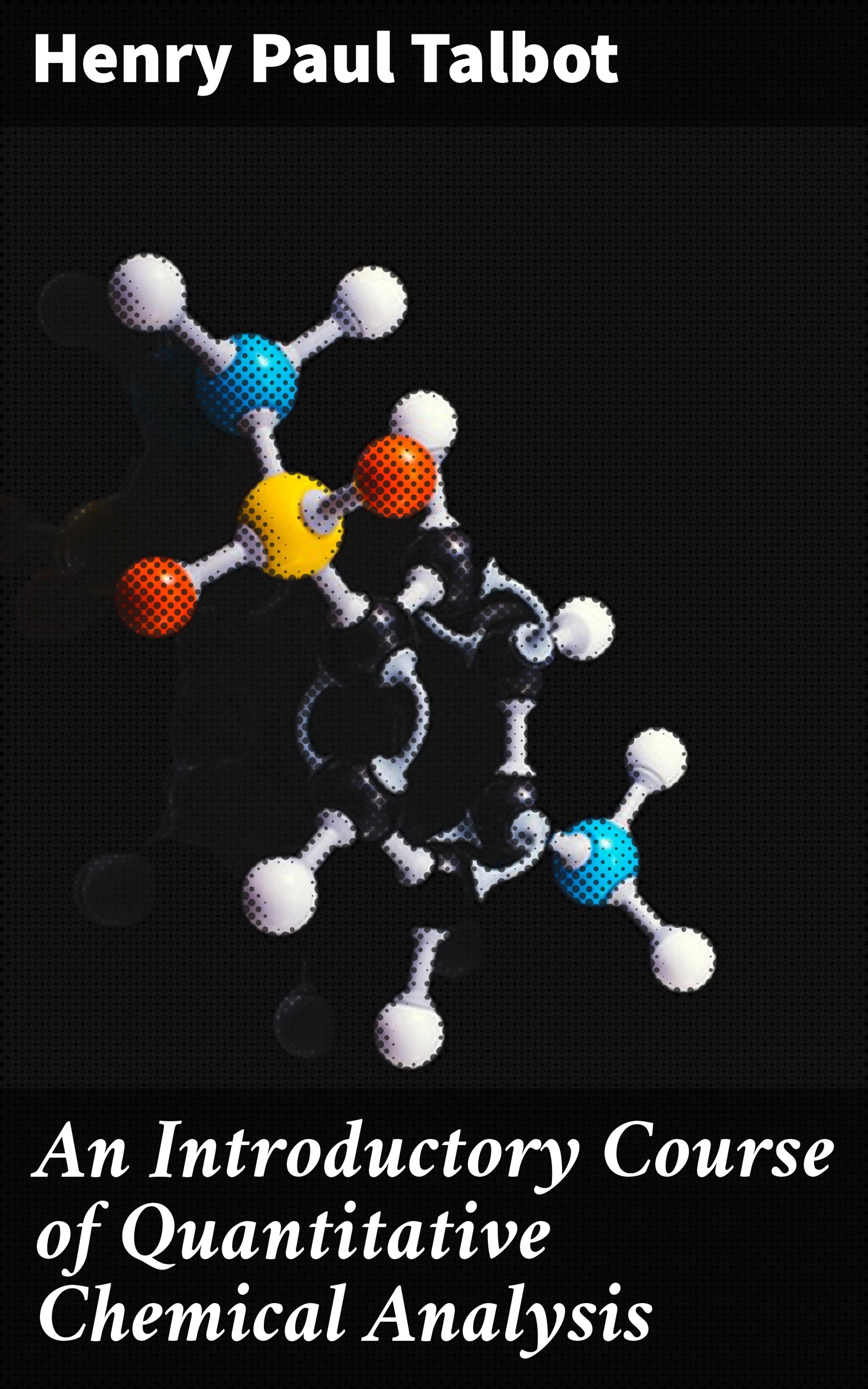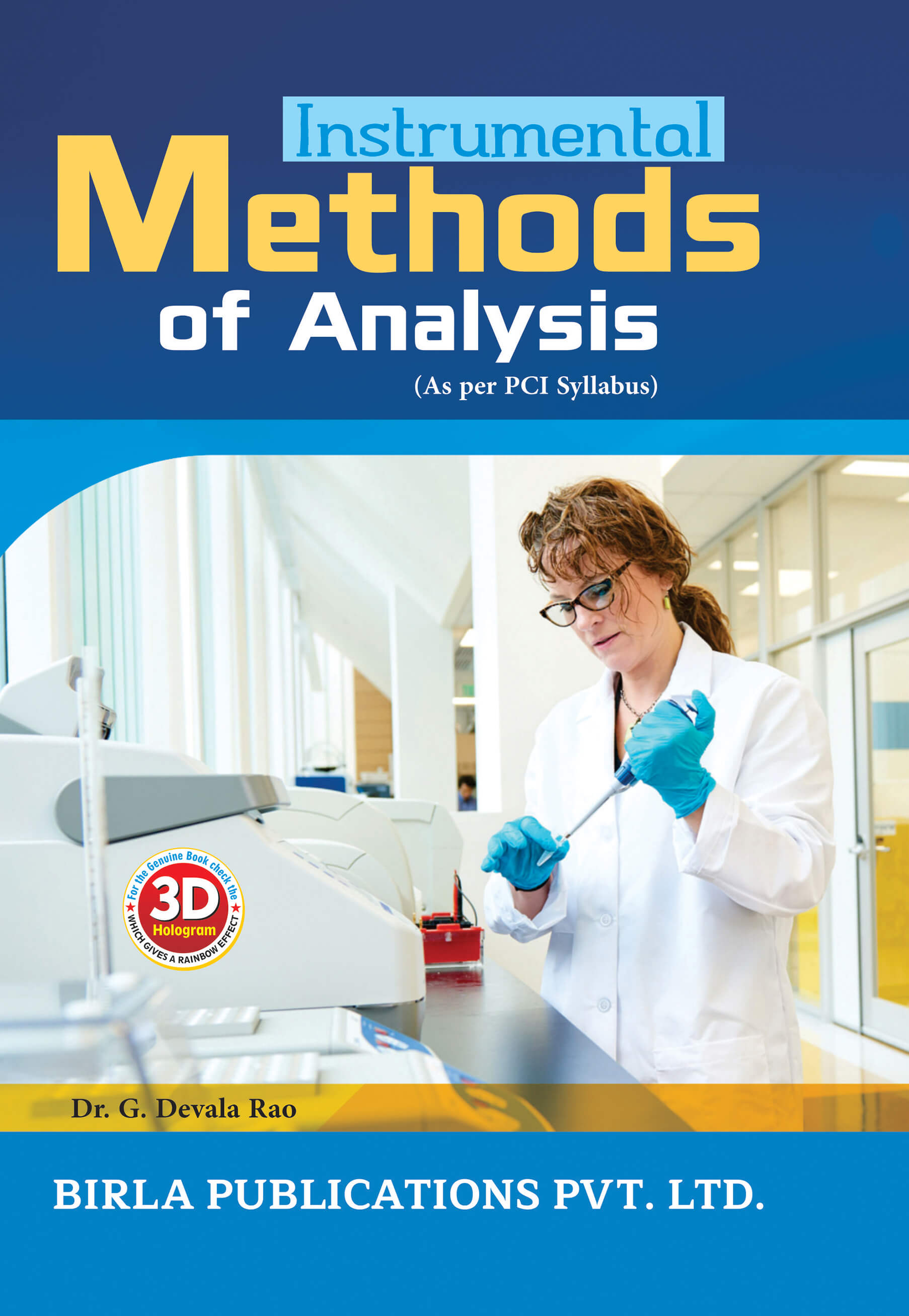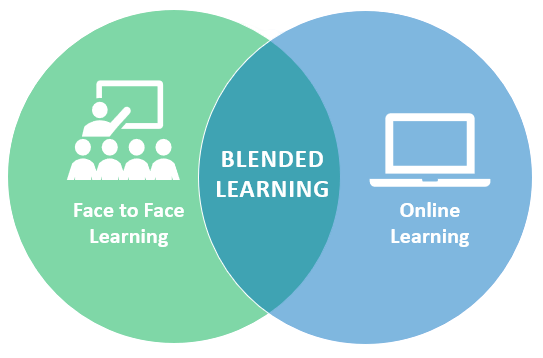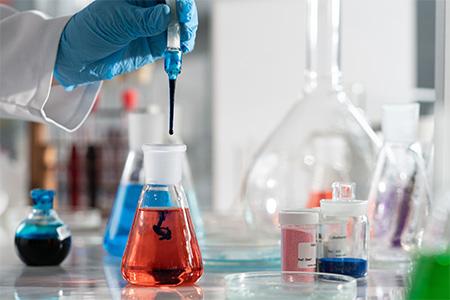
This course provides a comprehensive introduction to the techniques and principles of quantitative chemical analysis. Learners will develop practical and theoretical skills in gravimetric and volumetric methods, including acid-base, redox, and complexometric titrations. Emphasis is placed on data accuracy, precision, and error analysis to ensure reliable analytical results. The course also introduces learners to the importance of quantitative analysis in real-world applications such as environmental monitoring, pharmaceuticals, food safety, and materials testing.
- Teacher: Edda Cherono


